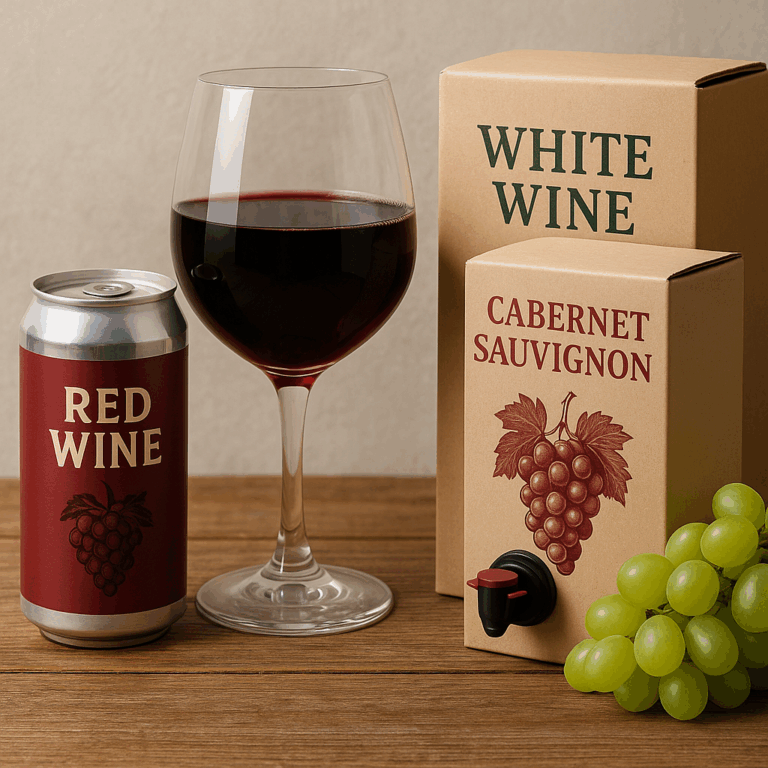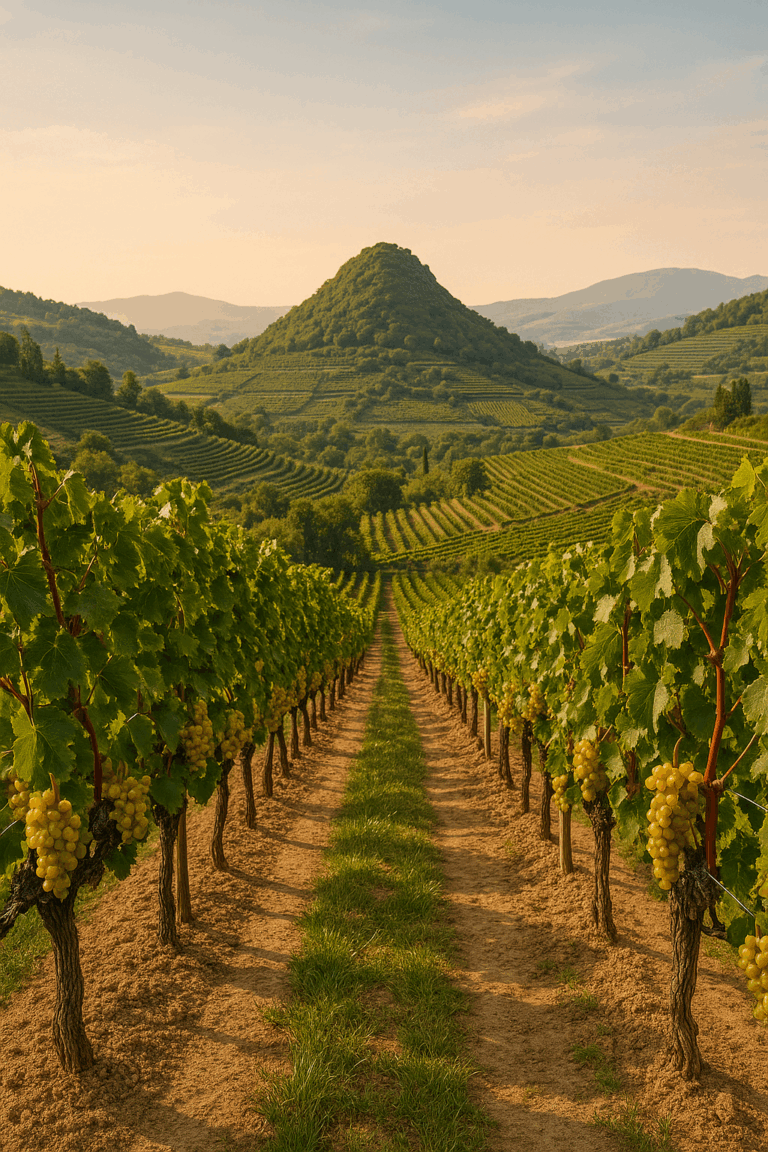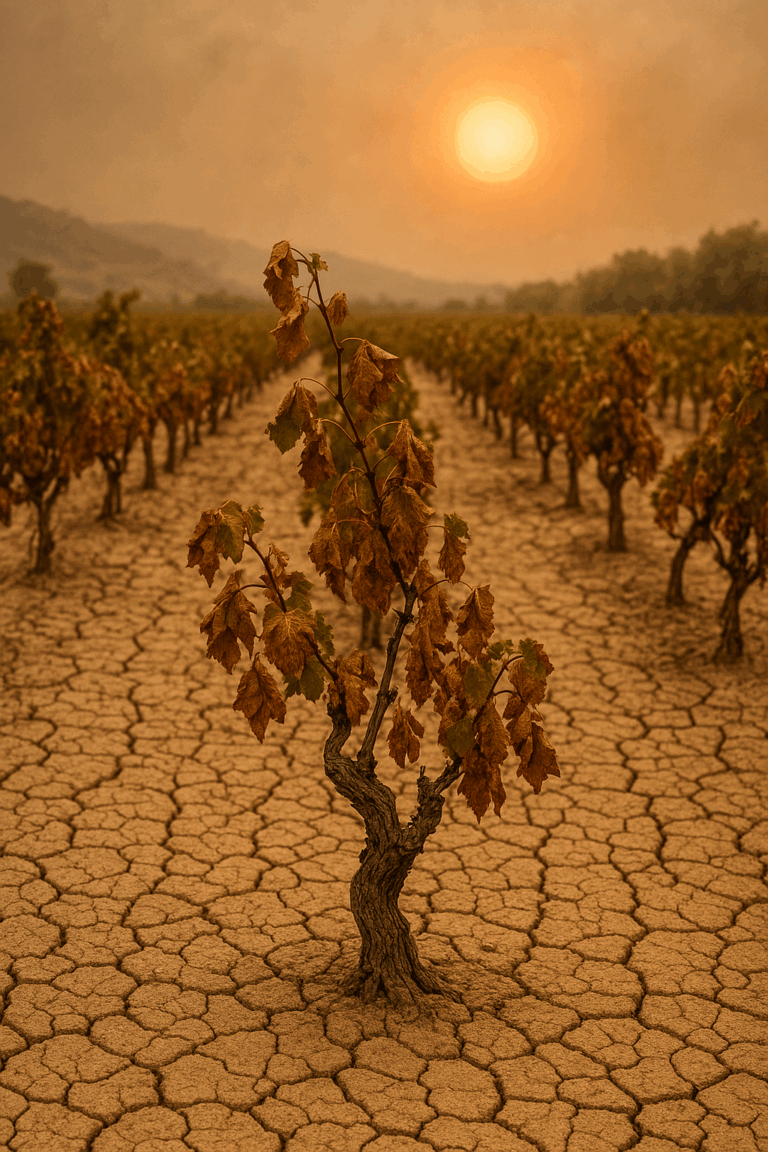The History of Wine: From Ancient Times to Today
Wine is one of humanity’s oldest and most storied beverages. It has played a role in religious rituals, trade, medicine, and celebration for thousands of years. From ancient clay vessels to modern wine cellars, the journey of wine reflects the development of agriculture, culture, and civilization itself.
In this article, we’ll take a look at how wine evolved from its mysterious beginnings to its global prominence today.
Ancient Beginnings: Wine in Prehistory
Archaeological evidence suggests that wine production began as far back as 6,000–7,000 BCE in what is now Georgia, Iran, and Armenia. Fermentation may have occurred accidentally when wild grapes were stored in sealed containers, allowing natural yeasts to convert sugars into alcohol.
Key developments:
- Neolithic pottery shards show chemical traces of wine residue.
- The use of amphorae (clay jars) became common for storing and transporting wine.
- Early wine was likely unfiltered, cloudy, and often flavored with herbs, tree resin, or honey.
Wine in the Ancient World
Egypt
Wine appeared in Egyptian tombs around 3,000 BCE, often reserved for priests, nobles, and pharaohs. Hieroglyphics depict wine-making and feasting scenes, showing that wine held cultural and ceremonial importance.
Mesopotamia
Sumerians and Babylonians also cultivated vines and recorded wine trade in cuneiform tablets. Wine was considered a luxury product, often imported and taxed heavily.
Greece
By 1,500 BCE, the Greeks had established wine as a central part of daily life. It featured in mythology, philosophy, and medicine, with Dionysus (the god of wine) symbolizing both joy and chaos.
- Symposiums were formal drinking gatherings for debate and celebration.
- The Greeks spread wine cultivation throughout the Mediterranean.
Rome
The Romans elevated wine into a global industry by standardizing production, trade, and storage methods.
- Built large vineyards across Europe including Gaul (France), Hispania (Spain), and Germania.
- Perfected aging and bottling techniques.
- Introduced concrete fermentation tanks and barrels for transport.
- Distinguished wines by region and style the beginning of wine classification.
The Middle Ages: Survival and Monastic Preservation
After the fall of the Roman Empire, wine culture in Europe was largely preserved by Christian monasteries.
- Benedictine and Cistercian monks tended vineyards and refined wine-making methods.
- Wine remained essential for Catholic Mass, preserving its production even when beer became more popular.
In Islamic regions, wine consumption was banned, but viticulture sometimes continued for raisins, vinegar, or trade.
The Renaissance and Age of Exploration
As Europe entered the Renaissance, wine returned to the spotlight.
- Improved glass production allowed for modern bottles and cork closures.
- New World exploration (1500s–1600s) led to the introduction of European grapevines to the Americas, South Africa, and Australia.
- Wine trade grew alongside colonial expansion, often linked to missionary activity.
The 19th Century: Science and Disaster
Technological advances:
- The invention of the wine press improved efficiency.
- Pasteurization, pioneered by Louis Pasteur, advanced understanding of fermentation.
- Wine began to be classified by region, especially in France (e.g., Bordeaux, Burgundy).
The Phylloxera Plague:
In the late 1800s, European vineyards were devastated by phylloxera, a microscopic louse that destroyed vine roots. The solution came from grafting European vines onto American rootstock, a method still used today.
The 20th Century: Recovery, Regulation, and Revolution
After the phylloxera crisis, two world wars, and Prohibition in the United States, the global wine industry entered a new phase.
- France, Italy, and Spain maintained their positions as dominant producers.
- New World regions — including California, Chile, Argentina, Australia, and South Africa — gained global prominence, especially from the 1970s onward.
Key moments:
- 1976 “Judgment of Paris”: California wines beat top French wines in a blind tasting, reshaping global perceptions.
- Emergence of organic and biodynamic wine-making movements.
- Wine critics, like Robert Parker, began influencing consumer preferences and wine pricing.
Today’s Global Wine Landscape
Today, wine is produced on every continent except Antarctica, with over 10,000 grape varieties and millions of producers, ranging from tiny family estates to industrial-scale operations.
Modern trends include:
- Sustainable wine-making and organic certification
- Natural wines with minimal intervention
- Digital wine apps and global e-commerce
- Canned and alternative packaging
- Continued experimentation with non-traditional regions, like China and England
Wine as Culture
Beyond the bottle, wine has become a symbol of culture, hospitality, and identity. It’s tied to rituals, cuisine, geography, and community. From a toast at a wedding to a casual glass at dinner, wine carries meaning and history in every sip.
The Legacy of Wine
The story of wine is the story of civilization. From clay pots in the Caucasus to Champagne sabers in Paris, wine has mirrored human innovation, conflict, creativity, and celebration.
Understanding wine’s past gives us greater appreciation for its present and its future.






